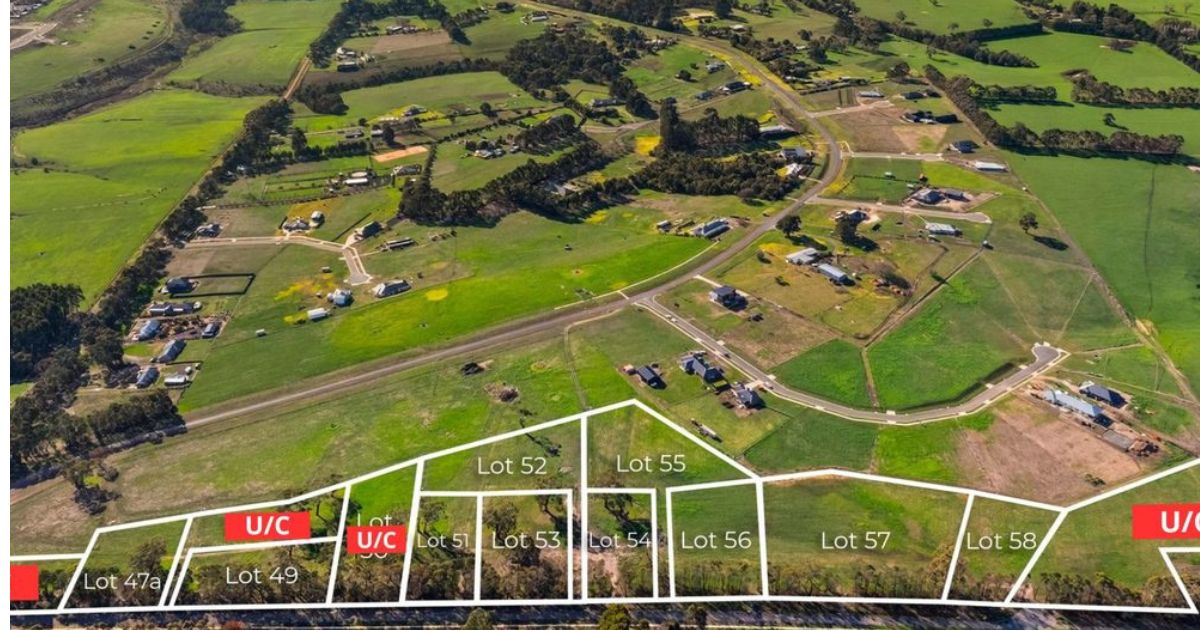What are planning overlays?
Unlike zoning, which is stipulated by the council and covers significant areas of land in which your home is located (i.e. residential, industrial, rural), planning overlays are specific to the land on which your home or property is located and directly impact your ability to rebuild or renovate on your property.
Types of planning overlays
If you are a developer, are looking to build a new home or at renovating your home and considering what types of extensions you can explore, planning overlays are key to your ability to move forward.
The most common types of planning overlays in Australia are:
1. Land management – considerations and restrictions that relate to the nature of your land (i.e. soil type and its
potential for erosion, fire risk etc.)
2. Heritage and built form – what sort of heritage listing does a building have that you want to renovate or replace, and what specific parts of the building must you conserve.
3. Environment and landscape – is your land home to protected flora and fauna? If so, environment and landscape planning overlays may impact your ability to remove vegetation or change the makeup of the environment.
4. Other – not typically relevant to home owners or developers and often relate to large scale industrial projects.
Within these four groups are a number of individual planning overlay classes, which reflect the specific nature of an overlay, whether it relates to the significance of the local flora on a piece of land (a VPO – Vegetation Protection Overlay) or the significance of a particular heritage-listed building and the restrictions that apply.
What happens if you don’t research planning overlays?
The risk of not having a clear view of what potential planning overlays apply to a property may mean you purchase land that is unusable for your planned projects, or at the least, they restrict your initial plans.
For developers, this can break a business, but for regular property owners and renovators, this can result in thousands of lost dollars in time wasted or planning adjustments.
How to find out about your planning overlays?
This has typically been one of the most time-consuming aspects of development, both commercially and residentially, as councils would need to provide information of specific planning overlays, which have traditionally added significant
wait time to the planning stage of any build.
Planning overlays are just another form of data, as they are key information that relate to the development of land,
which is why there are new ways to see aggregated data as they relate to planning overlays.
The best resource for this is Landchecker, which compiles data about planning overlays, zoning, council information etc. which would relate most to someone interested in developing upon a black of land or an existing building.
Landchecker reveals the various planning overlays as they apply to specific plots, and also includes filters for the type of property (house, townhouse, land etc.) and other useful data, including burglary statistics, heritage information, zoning, cultural heritage sensitivity and more. All of this information can be used to inform your planning.
Prior to this, there was no easy way to visualise the multitude of specific planning overlay classes (i.e. SLO – Significant Land Overlays, VPO – Vegetation Protection Overlay etc.) but as a renovator or builder, you can now get a quick visual of these various classes to better plan your builds.
Having this visual enables you to see what sort of reports you may need to add to any planning application you make with a council, saving you the potential headache of a planning permit being rejected due to a lack of due diligence into the type of planning overlays that apply to your land.


















